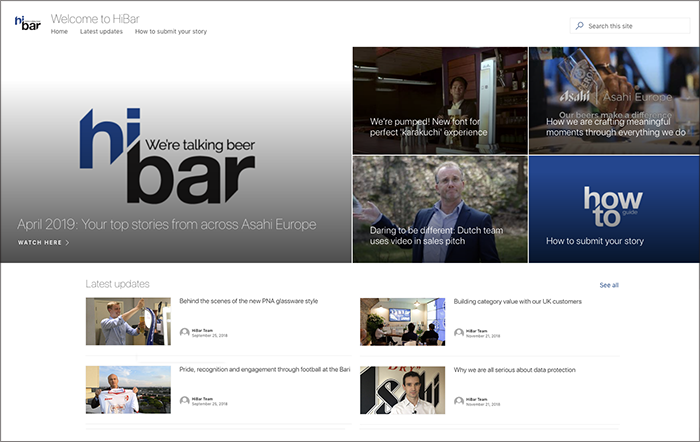+44 (0) 1223 378 000
info@cpl.co.uk
1 Cambridge
Technopark,
Newmarket Road,
Cambridge,
CB5 8PB, UK

Ciprian Cucuruz talks through the thinking behind some of his favourite recent CPL video projects
It all starts with photons hitting an image sensor.
Yes, usually there is a rather expensive piece of glass in front of it, an equally expensive image processor at the back, one or two camera operators, producer, creative director, editor, designer, colourist… it’s a long list.
But it all starts with light captured by, broadly speaking, a video camera.
The camera can cost as much as a family car or be as cheap as a smartphone. You can have an expensive lens for accurate, undistorted images, or you can have a cheaper lens with a specific look or character that renders a more creative output.
You can have a team of one, or a minibus full of people. Each project requires a different approach – either for creative, logistical or budgetary reasons.
Working for an agency like CPL, our video team is lucky to be challenged by projects at both ends of the spectrum. So we can’t settle in our ways and we can never get bored of doing the same thing.
When the Death Penalty Project, a charity that promotes the restriction of the death penalty across the world, approached us to produce a video repurposing existing footage on a very tight budget, we proposed a narrative of news headlines that would involve our designers and print experts more than the video team itself. While it was shot on a professional 4K camera, we intentionally degraded the footage gradually through the course of the final video to show the passing of time and evolution of the case, but also to match the quality of archive footage used. The quality of the camera was almost irrelevant here:
A lot of work goes into preparation for most of our projects, not least Cambridgeshire County Council's “We love social workers” recruitment campaign. We spoke to a number of social workers to understand how they felt about their roles before concentrating on a few representative case studies and filmed their stories.
But it's not always about smooth slow-mo shots and carefully edited interviews. The delivery can be done in various formats, so for a long-form thought leadership series for the same client, a cheaper three camera set-up for a video and audio podcast was more suitable.
Logistics can play a huge role in shaping the structure of a video.
While most of our projects are shot over the course of one or two days, for Bourn Hall Fertility Clinic the story spanned across more time and space – it started 40 years ago and stretched over three counties in East Anglia. We were able to source extremely useful archive footage from the 1970s, while the need to organise the right people for the right interviews meant the project spanned over the space of a few months with shoots ranging from Bourn Hall’s beautiful 16th Century headquarters to the sunny beaches of Hunstanton. Glue them together like the pages in a book’s spine and you have a short turning-page history of IVF:
When we were appointed by leading property and infrastructure company Lendlease to create a range of content to support its major Elephant Park development in London, we went to the grassroots and used our journalistic experience to research stories that allowed us to capture the spirit of Elephant and Castle and its people.
We have been working in the equine sector for a number of years. Racehorses have a long journey to success, but that is not the whole story. To celebrate the remarkable performance in 2018 of the Godolphin racing team, we focused on the cyclical pattern of racing and used it as our theme to produce this time-warping journey to success, that culminated in a Derby win in 2018.
In the case of Asahi Europe, a global beer powerhouse with teams in a number of different countries, employees shoot the content themselves using their smartphones or cameras. Our video editors in Cambridge then assemble them and add graphics so they can be published on one of Asahi Europe's internal communications platforms.

What all these projects have in common is that, even when the production value is very high, it is still eclipsed almost every time by the story.
It has never been easier to tell that story – technology has reached a point where it truly facilitates the creative and does not hinder it. You don’t need high-end video equipment or a film school degree, although these obviously help.
At CPL we are true to our journalistic heritage and focus first on telling a great story. That should be the main ingredient; the technology just adds some spice every now and then.
Are you interested in finding out more about CPL's storytelling capability via video and animation? Contact Ciprian Cucuruz and see more examples of our work at youtube.com/CPLCambridge